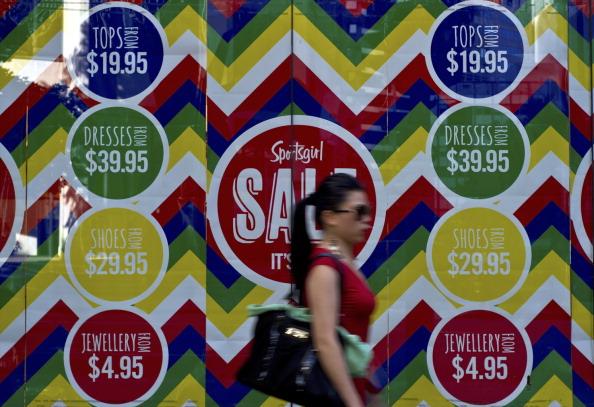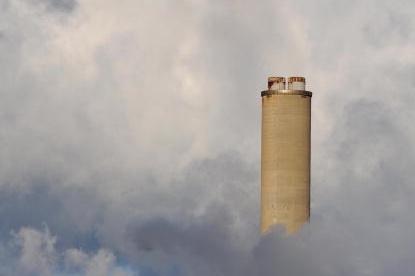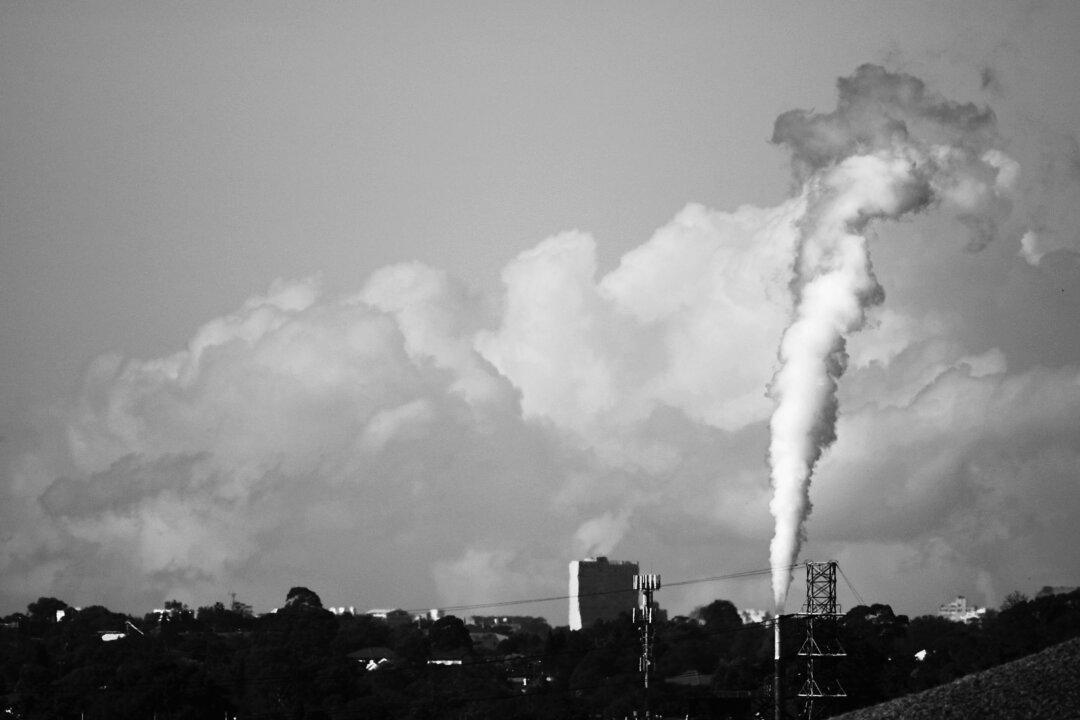The unemployment rate fell to 5.1 per cent, a 0.1 per cent drop, in August, according to the Australian Bureau of Statistics (ABS) Labor figures released recently.
However, these figures do not reflect the underlying weakness in our Labor force. It is the large (and concerning) amount of people giving up the search for work that attracted most of the attention.
In August total employment actually decreased by 8,800 to 11,498,000. This was fuelled entirely by a drop in part-time employment of 9,300 people, whereas full-time employment added a modest 600 people. This was well below the market expectations of an increase in employment of around 5,000.
“The annual pace of employment growth has now been reduced to a meagre 0.5 per cent. That is less than a third of the average pace seen over the past five years, as estimated by the ABS,” said Westpac economist Elliot Clarke in response to the data.
It’s quite unusual that the unemployment rate and the total number of people employed fell at the same time, as we would usually expect the unemployment rate to rise. This all comes down to how the ABS measures the unemployment rate.
Unemployment is measured by those unemployed relative to the participation rate–that is the people in work or actively seeking work, not people that are in the working age population. That is to say if enough people stop looking for work, whilst the total number of people of employed also falls it is possible for the unemployment rate to fall.
This is exactly what happened in August. The participation rate fell to by 0.2 per cent to 65.0 per cent–its lowest in 6 years. This indicates that around 34 000 individuals left the Labor force in August.
These figures suggest a much darker side to the Australian economy than the 5.1 per cent unemployment rate. In fact, if the participation rate had remained constant from its level a year ago the unemployment rate would be at 6 per cent–a more sombre figure.
Not only are those unemployed giving up the effort to find work, but those that are employed are working less hours. The ABS reported that monthly hours worked dropped 5.7million hours.
There are no signals of the job market recovering as confidence dwindles and the job market tightens. The ANZ Job ads index fell for the fifth consecutive month in August, falling 2.3 per cent. If these weak trends continue some predictions suggest that the unemployment figure will rise to 5.5 per cent by the end of the year.
“If we look at the figures over the last couple of months it’s pretty clear the job market is going nowhere and it doesn’t look as though it’s going to improve anytime soon,” said Commonwealth Bank economist, Craig James.
“The Reserve Bank has to stand ready to cut interest rates if necessary. At the moment there is no smoking gun suggesting that they need to do that.”
With the Reserve Bank leaving the official cash rate on hold for the third consecutive month, these job figures may give good incentive for the RBA to break their ‘wait and see’ approach and cut the rates to stimulate the economy.
The Epoch Times publishes in 35 countries and in 19 languages. Subscribe to our e-newsletter.



